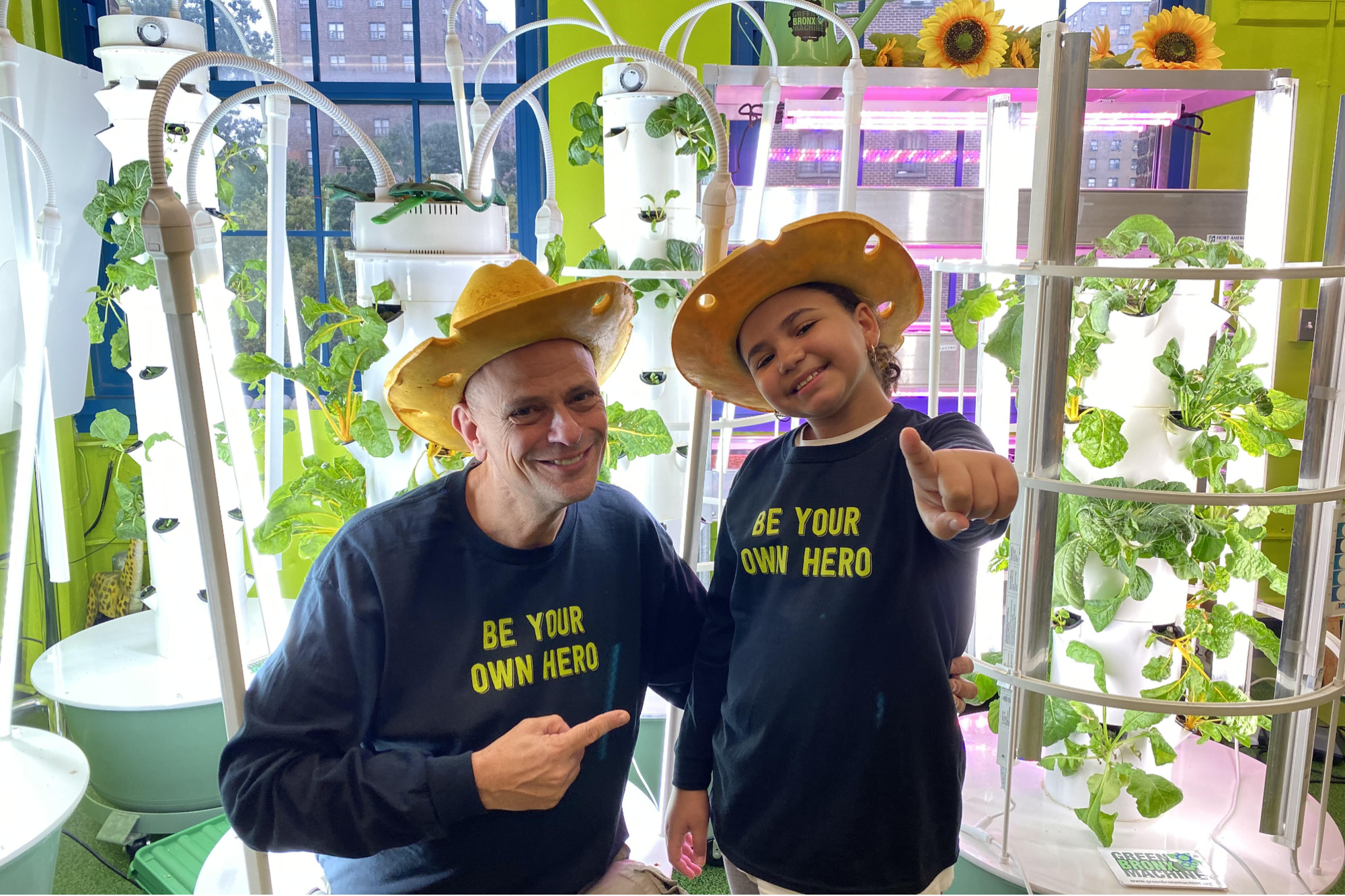Five Mistakes People Make When Delivering A Speech The audience comes first and foremost, not you. You can't focus on what you're going to say until you understand who you're talking to in the first place.
Opinions expressed by BIZ Experiences contributors are their own.
You're reading BIZ Experiences Middle East, an international franchise of BIZ Experiences Media.

The opportunity to speak in front of large audiences is now greater than ever; TED Talks, Webinars, conferences and panel discussions of thought leaders. However, the opportunity is often lost when we see the platform as a chance to greater our endevours instead of focusing on who we're addressing and why we've been called to speak in the first place. And, most importantly, what we want the audience to do with the information we're going to be imparting on them. I always fill in a mosaic before going on stage or on air, you can find out more about this methodology over on The Nudge Academy to help you prepare. Here are my five mistakes to avoid when you're preparing and delivering your next big address.
1. Not thinking of your audience The audience comes first and foremost, not you. You can't focus on what you're going to say until you understand who you're talking to in the first place. By taking the time to focus your attention on the ideas you want to impart on the audience, what actions you want them to take, anticipating what questions they might have for you and how you can make an incredible change in their life, will lead you to create a memorable message. I also remind my clients that doing so can also help to deal with any nerves you might have if you take the focus off yourself and means that you'll be directing your thoughts and ideas to one particular group of people with crystal clear clarity.
2. Trying to blend into the background When you're onstage, all eyes are on you. Or are they? Think of the person sitting in the last row perhaps watching you on a monitor, can they see you if you're wearing black on a black background? I always encourage my clients to stand out on stage with the colour they're wearing. It doesn't mean you need to go outside of your comfort zone, but it does say that you need to make yourself visible. This also helps you being picked up on images so you can use for social media posts afterwards and be tagged in the same.
Related: Sound Advice: Three Ways To Ensure Your Voice Doesn't Fail You Onstage
3. Speaking at people, not to people Don't you hate being talked down at? I do. People don't always remember what you say, but they remember how you made them feel. You want to avoid making people feel like they are being told off or you're using the microphone as a mouthpiece for your endeavour if you assume you already know all there is to know about the topic you will tend to speak at an audience. To avoid this and instead try talking to your audience, engage with the public and invite them into your experience.
4. Not using emotion This leads me on to using emotion, which is the single easiest way to create communication bridges. Your audience may come from a diverse range of religions, cultures, ages, genders, nationalities and speak different languages but the one common theme is the emotion that connects all of us. We've all experienced sadness, heartache and happiness so use these emotive words and experiences to create a more human level of engagement and one that is memorable, so your audience has it in their mind after you've finished talking.
5. Not rehearsing beforehand Do not wing it. As I say to my clients, we rehearse for running a marathon but when it comes to preparing for speech it just goes out the window. You have one opportunity to create lasting engagement and inspiration to your audience so don't leave it to chance. Say your speech out loud, rehearse your gesturing and body language and record yourself on a video camera or smartphone so you can watch yourself and check on your eye line. Doing so means you respect your audience and their time.
Related: Five Tips For Presenting With Power












